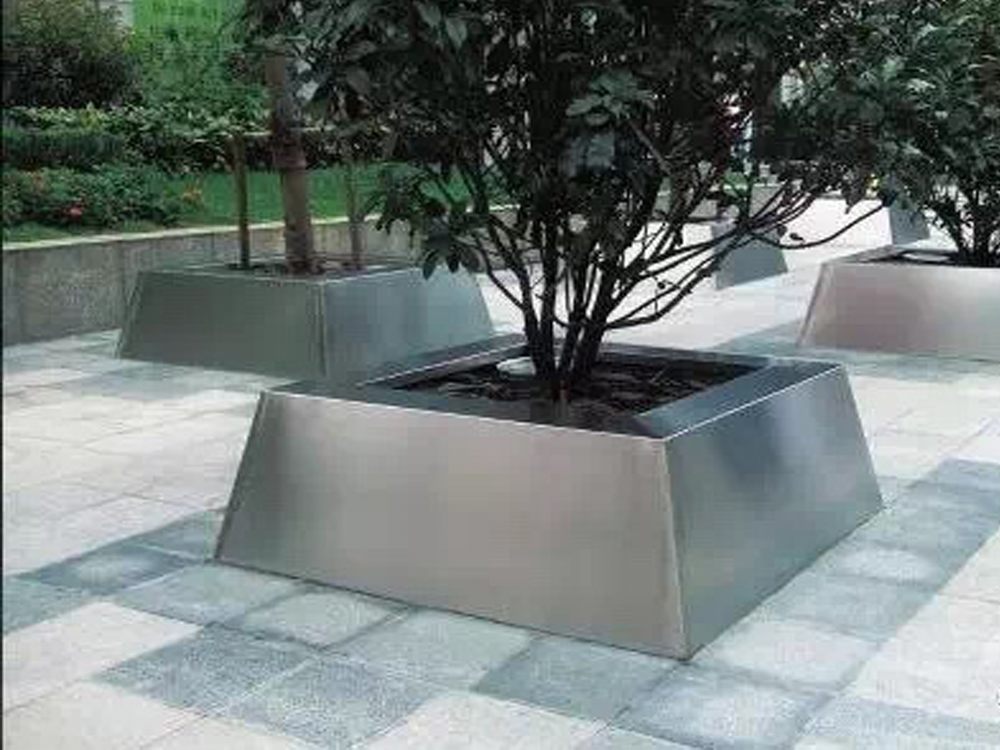
Bronze sculptures have long served as powerful symbols of cultural heritage, capturing the essence of specific regions and communities through their artistry and historical significance. These enduring works of art not only reflect the artistic traditions of their creators but also act as tangible connections to the past, preserving stories, values, and identities for future generations.
In many cultures, bronze sculptures embody the spiritual and social narratives of a community. For example, the Benin Bronzes of West Africa depict the kingdom’s history and royal lineage, while ancient Greek bronzes celebrate mythological and athletic ideals. Such pieces become cultural landmarks, fostering pride and continuity among local populations.
Beyond aesthetics, bronze sculptures contribute to regional identity by showcasing unique craftsmanship techniques passed down through centuries. The lost-wax casting method, used in India’s Chola bronzes or Italy’s Renaissance masterpieces, highlights specialized skills tied to specific locales. These works often become symbols of regional pride, attracting tourism and scholarly interest.
Moreover, bronze sculptures serve as historical records, immortalizing pivotal events or figures. Monuments like China’s Terracotta Warriors or Vietnam’s Trưng Sisters statues educate viewers about heritage while reinforcing collective memory. Their durability ensures that cultural narratives withstand time, even as communities evolve.
By blending artistry with legacy, bronze sculptures remain vital to cultural preservation. They bridge generations, inspire contemporary creators, and solidify a sense of belonging—proving that metal, when shaped by tradition, can carry the soul of a people.

